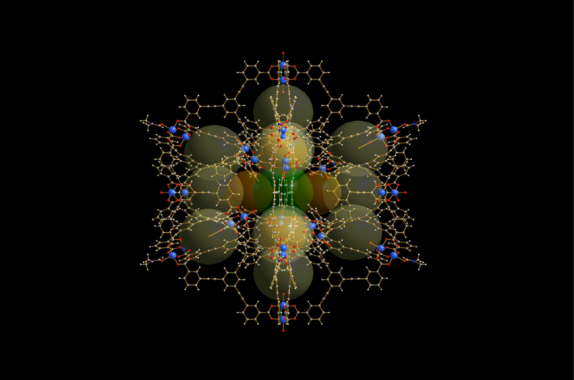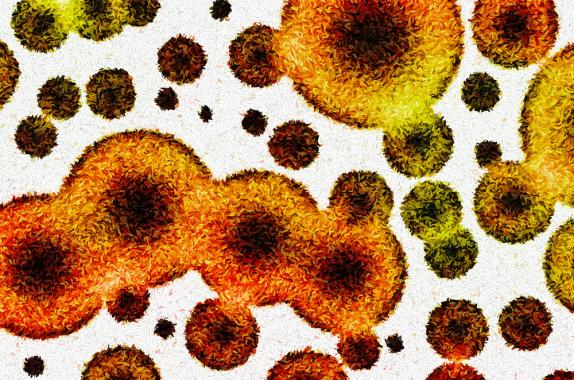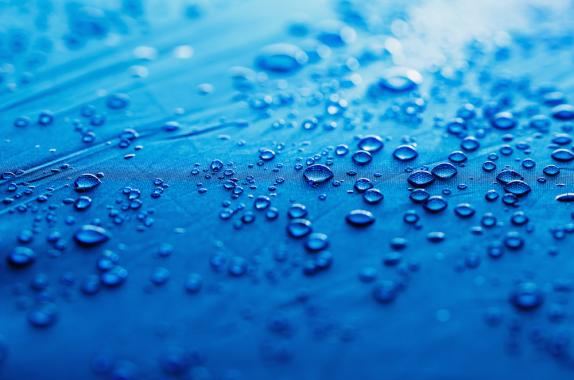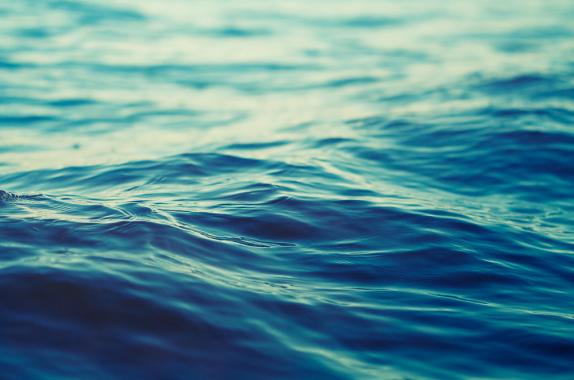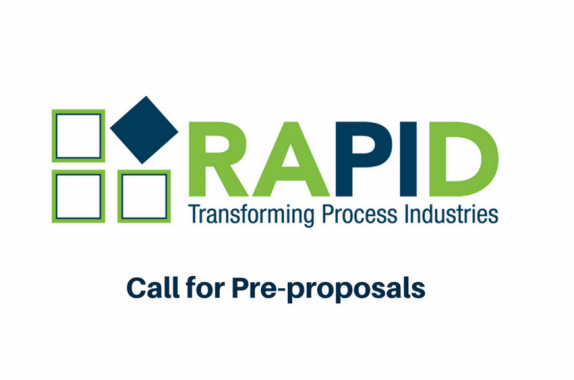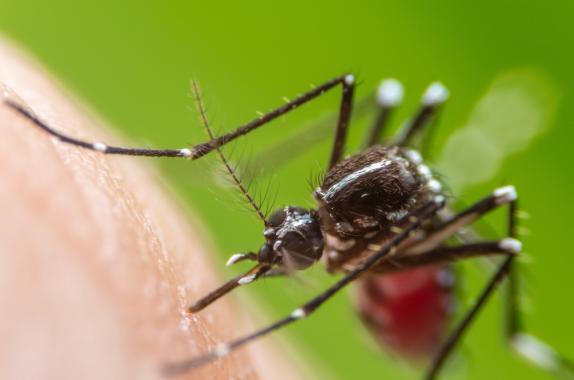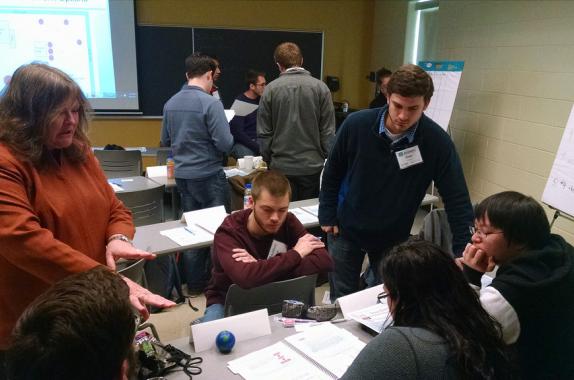Douglas B. Clark

Douglas Clark is a copywriter and speechwriter with a healthy appetite for all things digital. He has more than 15 years' agency and independent experience in corporate and marketing communication, and his clients come from diverse industries, specializing in anything from financial products and toothpaste to software for the visualization of computational fluid dynamics data. Among his clients are Accenture, American Express, Coca-Cola, Colgate-Palmolive, Hewlett-Packard, and Panasonic.
ChEnected contributions
Bioengineers, Doctors Unveil Sepsis Test Requiring One Drop of Blood
New lab-on-a-chip technology looks at immune response for early sepsis detection.
Giant Molecular Cages Maximize Efficiency of Converting Molecules in Chemical Reactions
The molecular cages show potential for use in energy conversion, drug delivery, and as sensors.
Enzyme Destroys Biofilm of Multiple Organisms
Instead of targeting individual microbes, researchers went after the biofilm that protects them and found great success.
New Biodiesel Fully Compatible with Conventional Engines
Until now, biodiesel could not be used undiluted in a conventional diesel engine since its boiling point is higher than that of petroleum diesel.
A Look Back: Engineers Helped Rebuild after 1st World War
The US entered WWI 100 years ago. We look back to see how chemical engineers and others helped rebuild a center of European engineering education.
New Nanomaterials Switch from Hydrophobic to Hydrophillic
Researchers at Swansea University have developed a new class of nanomaterials with tunable wettability that have wide ranging applications from antifouling to waterproofing.
Announcing AIChE's Member Get a Member Program
With AIChE's Member-Get-a-Member-Program, you can be a force that helps build a global community of chemical engineers.
New H1N1 Flu Virus Sensor Is Rapid and Highly Sensitive
A new biosensor is capable of rapid detection of the H1N1 flu virus, a strain which poses a strong treat for pandemic outbreak.
Engineers Use Nanotube Tech to Recover Fresh Water from Waste Brine
Engineers at the University of California, Riverside have developed a novel technique to recover nearly all water from brine waste.
Laser-induced Graphene Exhibits Antibacterial and Anti-Fouling Properties
The spongy graphene known as laser-induced graphene (LIG) is extremely resistant to biofilm formation and exhibits antibacterial properties, according to researchers at Rice University.
RAPID Manufacturing Institute Announces First Call for Pre-proposals
The RAPID Manufacturing Institute is announcing the first step in a call for research and development program proposals in the areas of process intensification and modular chemical processing that
Microbial Conversion of Methane to Electricity
Researchers at Penn State have engineered a strain of bacteria that is the key to converting methane to electricity.
Weakness Identified in Zika Virus Blocks Propagation
Researchers at Sanford Burnham Prebys Medical Discovery Institute (SBP) have published findings that may represent a first step towards a drug treatment for Zika infections.
Univ. of Delaware and Virginia Tech Undergraduates Take On Process Safety
Both Virginia Tech and University of Delaware AIChE Student Chapters recently hosted two-day Process Safety Boot Camps for students on their campuses.
Video Tutorial: Introduction to Hydrostatic Pressure
This video tutorial from the YouTube series LearnChemE looks at hydrostatic pressure.



